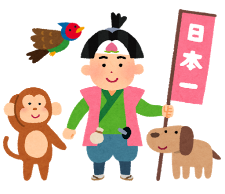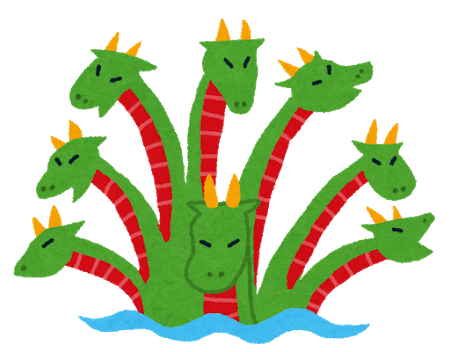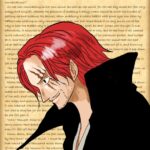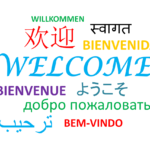Hi everyone, thank you for visiting ZORILOVER’s geeky blog for ONE PIECE addicts.
Today I will introduce some Japanese folk tales and other popular stories deeply rooted in Japanese culture so that you could better understand and enjoy the ongoing WANO- KUNI Arc of ONE PIECE.
As known well, WANO-KUNI is designed based on old Japanese communities, and people’s ways of living like dressing, bathing, and eating seem to be similar to those of the EDO Era in the 17 – 19 centuries, when Japan was ruled by samurai and strictly followed a policy of isolationism.
Of course there didn’t exist octopuses to wash your back in a public bathhouse, but such facilities were so popular, and so are they even today in Japan.
I guess some tips of Japanese culture may help you more deeply appreciate a pageant of WANO-KUNI!
History table of WANO-KUNI is here.
MOMO-TARO(PEACH BOY)
MOMO, as is seen in MOMO-NO-SUKE, means a peach in Japanese.
TARO is a popular boy’s name, especially for the first son.
MOMO-TARO was born from a big peach which an old wife found floating down the stream while she was washing clothes at the river.
She and her husband brought up MOMO-TARO with love and care, and he grew up rapidly in a strong boy.
One day MOMOTARO decided to go to ONI- GA-SHIMA(ogre’s island) and to fight with ogres who suffered people.
The old couple made some KIBI-DANGO (millet dumplings) for the boy to take with him.
On the way to ONI-GA-SHIMA, MOMO-TARO met a dog, a pheasant, and a monkey, who begged KIBI-DANGO.
MOMO-TARO gave his KIBI-DANGO on the condition that they follow him and join forces to fight with ogres.
They fought together at ONIGASHIMA, and ogres finally surrendered and offered many treasures to MOMO-TARO.
MOMO-TARO brought the treasures back home where the old couple waited and lived happily together.

Now you see ONIGASHIMA off WANO-KUNI mainland where KAIDO lives, and KIBI-DANGO which oTAMA-chan makes from her cheek with her ability of devilfruit(and have an effect to make animals obey her), and probably MOMO-NO-SUKE, too, are based on the story of MOMO-TARO.
YAMATA-NO-OROCHI(eight-headed snake)
According to Japanese Myths compiled in 8th Century, one of the ancient 3 pillar gods SUSANOO met a young girl who was about to be sacrificed to YAMATANO-OROCHI, a large eight-headed snake.
SUSANOO killed the snake with his sward AME-NO-HABAKIRI, and helped out the girl and married her.

Now I imagine MOMONOSUKE should defeat OROCHI with his sward AMENO-HABAKIRI handed down by his father ODEN, with a help of ZORO!
Other episodes
The name of bandit ASURA led was ATAMA-YAMA(head mountain, if literally translated), and this comes from one of rakugo, traditional Japanese comic storytelling.
The rakugo “ATAMA-YAMA” is a story about an impatient man who ate cherries without taking seeds.
One day, a cherry tree came out from the top of his head, and people gathered to enjoy HANA-MI(sakura viewing).
ASURA’s hairstyle as well as the view of ATAMA-YAMA where INUARASHI and ASURA fought against each other reminds me of this rakugo story!
There are so many motifs of Japanese culture included in WANO-KUNI episodes, I could not mention all here at one time.
I will add again on step by step basis when time allows.
A chronological table of history related to WANO-KUNI is here.

A Treasury of Japanese Folktales―バイリンガルで読む日本の昔ばなし (Bilingual Text)

ワンピース GLITTER&GLAMOURS NAMI WANOKUNI STYLE ナミ フィギュア 全2種セット 【A:通常カラー (水色) ver./B:レアカラー (紺色) ver.】




